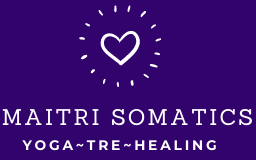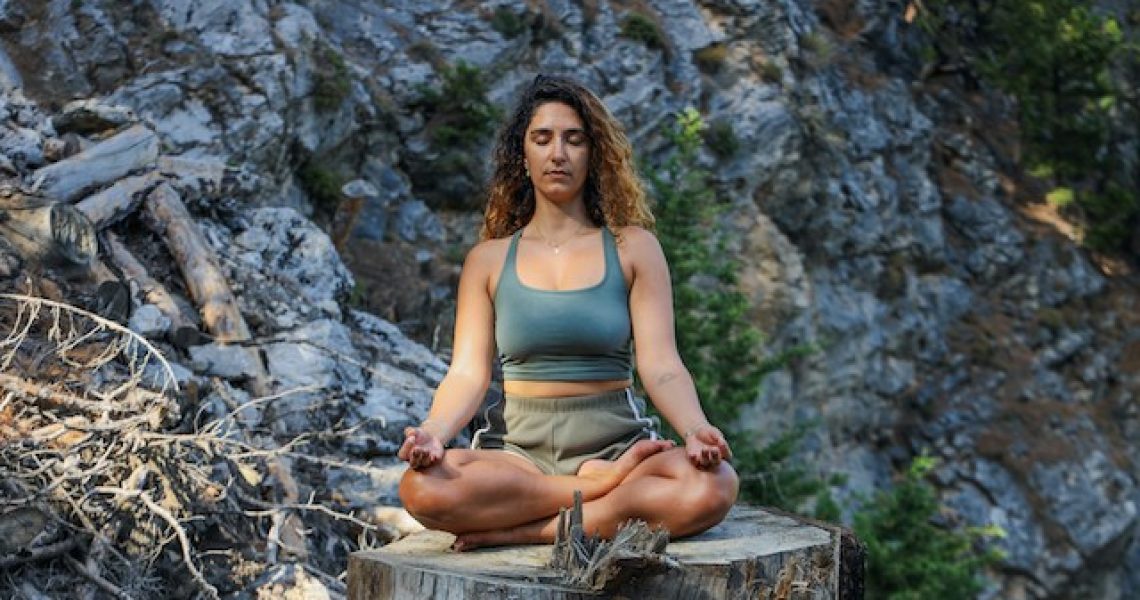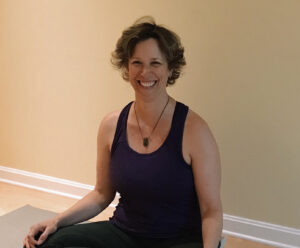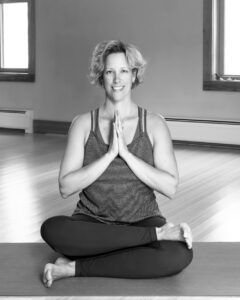[image courtesy of Unsplash.com]
In today’s fast-paced world, stress is a common companion for many of us. Whether it’s due to work, personal relationships, or financial concerns, stress can significantly impact our mental and physical well-being. If you’re seeking an alternative solution to manage stress, meditation might be the answer. This article highlights various meditation techniques and the numerous benefits they offer for stress relief.
Meditation was never “my thing.” It was too hard. My mind was erratic, impulsive, critical and judgmental. My body could not sit still! It took me several years to be able to sit still for twenty minutes of meditation practice. I had a lot of misunderstandings about meditation like: I had to sit for an hour for it “to count.” My mind was supposed to be quiet or I was supposed to be able to quiet it. There could be no distractions, so if I got interrupted it was “ruined.” I invite you to let go of what you believe about meditation and experience it for yourself. In yoga, a teacher is paramount at some point on the path and meditation practice is a great place to start!
Understanding Meditation
Meditation is a state where your mind rests in focused attention. Meditation practice involves focusing the mind to achieve a state of mental clarity and emotional calmness. It’s a technique that has been used for thousands of years in various cultures and religions, particularly in Eastern traditions. However, you don’t need to subscribe to any particular belief system to benefit from meditation.
Techniques for Meditation
There are several meditation techniques that can help you manage stress effectively. Here are some of the most common methods:
Mindfulness Meditation
Mindfulness meditation involves paying attention to the present moment by anchoring your attention on a sensation like your breath, the support of the ground beneath you, or how your ears receive sound, in a non-judgmental way. This practice encourages you to stay present and fully engage with the current moment, which can help reduce stress and improve overall mental clarity.
How to Practice:
- Find a quiet place to sit or lie down.
- Close your eyes or keep a soft gaze and take a few long, slow, smooth breaths.
- Focus on your breathing. Notice the sensation of air entering and leaving your body. Look for rhythm, temperature, texture, speed, and/or direction.
- If your mind wanders, gently bring your focus back to your breath.
- When your session is complete, lie down and rest for 5-10 minutes.
Guided Meditation
Guided meditation is led by a narrator or teacher, either in person or through recordings. This technique often involves visualization exercises, where you imagine yourself in a peaceful setting, such as a beach or forest, to promote relaxation.
How to Practice:
- Choose a guided meditation session from an app, website, or audio recording. You can try my yoga nidra practice HERE.
- Sit or lie down in a comfortable position.
- Follow the narrator’s instructions and visualize the scenes they describe.
Transcendental Meditation
Transcendental Meditation (TM) is a form of silent mantra meditation. Practitioners silently repeat a specific mantra—a word or phrase— to help focus their mind and achieve a deep state of relaxation.
How to Practice:
- Sit comfortably with your eyes closed or gaze soft.
- Silently repeat your chosen mantra. As your mind wanders (as all minds do!) simply return your attention to the mantra.
- Continue for 5-20 minutes..
- Lie down to rest for 5-10 minutes before going about your day.
Body Scan Meditation
Body scan meditation involves paying attention to different parts of your body, starting from your toes and moving up to your head. This technique can help release physical tension and promote relaxation.
How to Practice:
- Lie down comfortably on your back.
- Close your eyes or soften your gaze and take a few long, slow, smooth breaths.
- Focus on your toes, notice any sensations in your toes. Gradually move your attention up through your body.
- Spend a few moments on each body part before moving to the next.
- This guided yoga nidra offers a body scan as part of the practice.
Benefits of Meditation for Stress Relief
Meditation offers a wide range of benefits that can help reduce stress and improve your overall well-being. Here are some key advantages:
- Reduces Anxiety and Depression
Regular meditation can help lower levels of anxiety and depression. By promoting a state of calmness and relaxation, meditation helps you manage negative thoughts and emotions more effectively. - Enhances Self-Awareness
Meditation encourages introspection and self-reflection, allowing you to better understand your thoughts and behaviors. This heightened self-awareness can help you identify stress triggers and develop healthier coping strategies. - Improves Focus and Concentration
By training your mind to focus on the present moment, meditation can enhance your ability to concentrate and maintain attention. This can be particularly beneficial in high-stress situations where clear thinking is essential. - Promotes Physical Health
Stress can take a toll on your physical health, leading to issues such as high blood pressure and weakened immune function. Meditation helps activate the body’s relaxation response, reducing the harmful effects of stress and promoting overall health. - Enhances Emotional Health
Meditation fosters a positive mindset and emotional resilience. It can help you develop a greater sense of empathy and compassion, improving your relationships and emotional well-being.
Conclusion
Meditation is a powerful tool for stress relief that offers numerous mental, physical, and spiritual benefits. Whether you’re new to meditation or have some experience, incorporating these techniques into your daily routine can help you manage stress more effectively and improve your overall quality of life. If you’re looking for alternative solutions to stress management, give meditation a try and experience the transformative benefits for yourself.
Note: meditation can be contraindicated for some conditions, like PTSD. If that is the case, I recommend you start with three (3) – five (5) minutes of meditation practice at a time. This is enough time for you to gain benefit and generally not so much as to aggravate symptoms. Notice and adapt the practice for you. Reach out for support and guidance. Although the instructions are “simple” the practice is not easy!
If you would like to receive these notes in your inbox with exercises and practices sign up for my newsletter here!
Remember: this post is for informational purposes only and may not be the best fit for you and your personal situation. It shall not be construed as medical advice. The information and education provided here is not intended or implied to supplement or replace professional medical treatment, advice, and/or diagnosis. Always check with your own physician or medical profession





